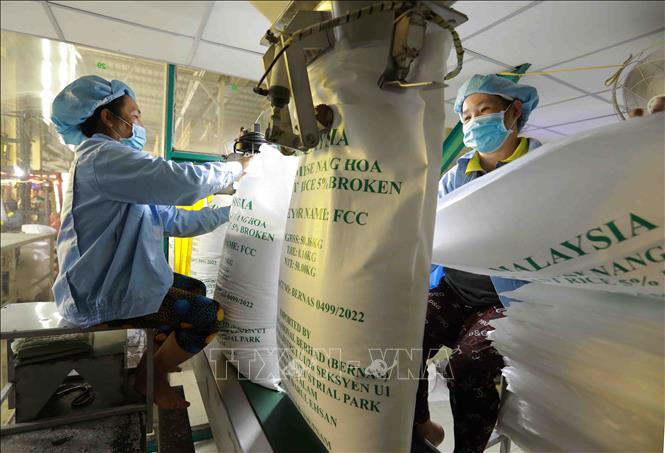
In the context of the end of the year, the rice market is not expected to have many major fluctuations, as new transactions are still quite limited.
According to the update of the Department of Agriculture and Rural Development of An Giang, the prices of some types of rice purchased by traders are: IR 50404 from 7,400 - 7,600 VND/kg, down 200 VND/kg; OM 5451 rice is priced from 8,400 - 8,500 VND/kg, down 200 - 300 VND/kg; Dai Thom 8 (fresh) from 9,100 - 9,200 VND/kg, down 100 VND/kg; similarly OM 18 (fresh) from 8,900 - 9,000 VND/kg, also down 100 VND/kg...
Regarding rice products in the retail market in An Giang, regular rice costs from 17,000 - 18,000 VND/kg; long-grain fragrant rice from 20,000 - 22,000 VND/kg; Jasmine rice from 18,000 - 20,000 VND/kg; common white rice 17,500 VND/kg, Nang Hoa rice 21,500 VND/kg...
IR 504 raw rice is at 9,000 - 9,200 VND/kg; IR 504 finished rice is from 11,100 - 11,300 VND/kg.
For by-products, the price of by-products of all kinds fluctuates between 5,550 - 8,600 VND/kg. Currently, the price of fragrant rice bran is at 8,400 - 8,600 VND/kg; the price of dry bran is at 5,600 - 5,700 VND/kg.
According to the Ministry of Agriculture and Rural Development, by December 12, provinces and cities in the Mekong Delta had harvested 602,000/710,000 hectares of Autumn-Winter rice, with a yield of about 58.84 quintals/ha, and an estimated output of 3.542 million tons of rice. In the 2024-2025 Winter-Spring crop, the region has sown 965,000 hectares/1.49 million hectares of planned area. Some small areas have begun harvesting.
Regarding exports, according to the Vietnam Food Association, Vietnam's 5% broken rice is offered at $495 - $508 per ton, down from $509 per ton last week.
A trader in the Mekong Delta region said rice prices fell further after the Philippine Department of Agriculture signaled it would buy rice from India and Pakistan. The Philippines is one of the biggest importers of Vietnamese rice.
In line with market trends, India's export parboiled rice prices also fell amid a devaluation of the rupee and increased supply.
Top exporter India’s 5% broken parboiled variety was quoted at $440-$446 a tonne this week, down from $444-$450 a tonne last week. India’s 5% broken white rice was quoted at $447-$455 a tonne.
The Indian rupee hit a record low against the dollar on December 19, helping exporters boost profits.
Thailand's 5% broken rice was quoted at $512 a tonne, compared with $510-$515 last week. Traders attributed the move to exchange rates, while demand remained steady.
A trader predicts rice prices will fall after the Lunar New Year holiday due to increased supplies from India.
Meanwhile, Bangladesh is importing 100,000 tonnes of white rice from Myanmar through a government-to-government deal at $515 a tonne, in an effort to control rising prices. Bangladesh is also importing parboiled rice, mainly from India, through tenders.
Despite holding substantial stocks of nearly 1.2 million tonnes of food grains, including 742,000 tonnes of rice, the Bangladesh government is struggling to contain soaring prices.
Regarding the US agricultural market, on the Chicago Mercantile Exchange on December 20, soybean futures prices increased due to technical buying, after forecasts of a bumper crop in South America caused soybean prices to fall to a four-year low on December 19.
Soybean futures rose 11.05 cents to $9.74 a bushel on Dec. 20, but were down 1.4 percent on the week. Soybean futures hit a four-year low of $9.45 a bushel on Dec. 19 as expectations of a record soybean harvest in Brazil weighed on prices.
Wheat futures were unchanged at $5.33 a bushel on Dec. 20, but down 3.4% on the week. Corn futures rose 5.05 cents to $4.46 a bushel on Dec. 20, and up 0.96% on the week.
Agricultural commodities are under pressure from a dollar that is near a two-year high. A stronger dollar makes U.S. farm products less competitive abroad.
This week’s wheat import tenders show that supplies from the Black Sea remain ample, while bumper crops in Argentina and Australia are increasing competition for exports.
Meanwhile, corn prices were supported by the US Department of Agriculture (USDA) forecast of lower ending stocks.
Regarding the world coffee market, world coffee prices moved in opposite directions at the end of this week. Robusta coffee prices continued to decrease, while Arabica coffee prices increased, partly due to strong speculative buying activities on the floor, while information about crop failure continued to spread with many different opinions.
At the end of this week's trading session, December 20, the price of robusta coffee for January 2025 delivery on the ICE Futures Europe London exchange decreased by 50 USD to 5,011 USD/ton. The price of robusta coffee for March 2025 delivery decreased by 44 USD to 5,002 USD/ton.
Meanwhile, the price of Arabica coffee for March 2025 delivery on the ICE Futures US New York exchange increased by 1.25 cents to 325.00 cents/lb. The price of Arabica coffee for May 2025 delivery increased by 1 cent to 319.30 cents/lb (1 lb = 0.45 kg).
The latest report from the US Department of Agriculture (USDA) brings both positive and negative factors for coffee prices. Accordingly, global coffee production in the 2024-2025 crop year is forecast to increase by 4% compared to the previous crop year, reaching 174.855 million bags, with Arabica coffee production increasing by 1.5% to 97.845 million bags and Robusta coffee production increasing by 7.5% to 77.01 million bags.
However, ending coffee stocks in 2024-25 are forecast to fall 6.6% to a 24-year low of 20.9 million bags, compared with 22.3 million bags in 2023-24.
Factors such as adverse weather and shifts in global supply and demand are contributing to price volatility.
Coffee prices in Vietnam have decreased for the fourth consecutive day, currently trading in the range of 122,500 - 124,000 VND/kg depending on the locality.
Source: https://doanhnghiepvn.vn/kinh-te/thi-truong-nong-san-gia-gao-xuat-khau-tiep-tuc-bien-dong/20241223085212432






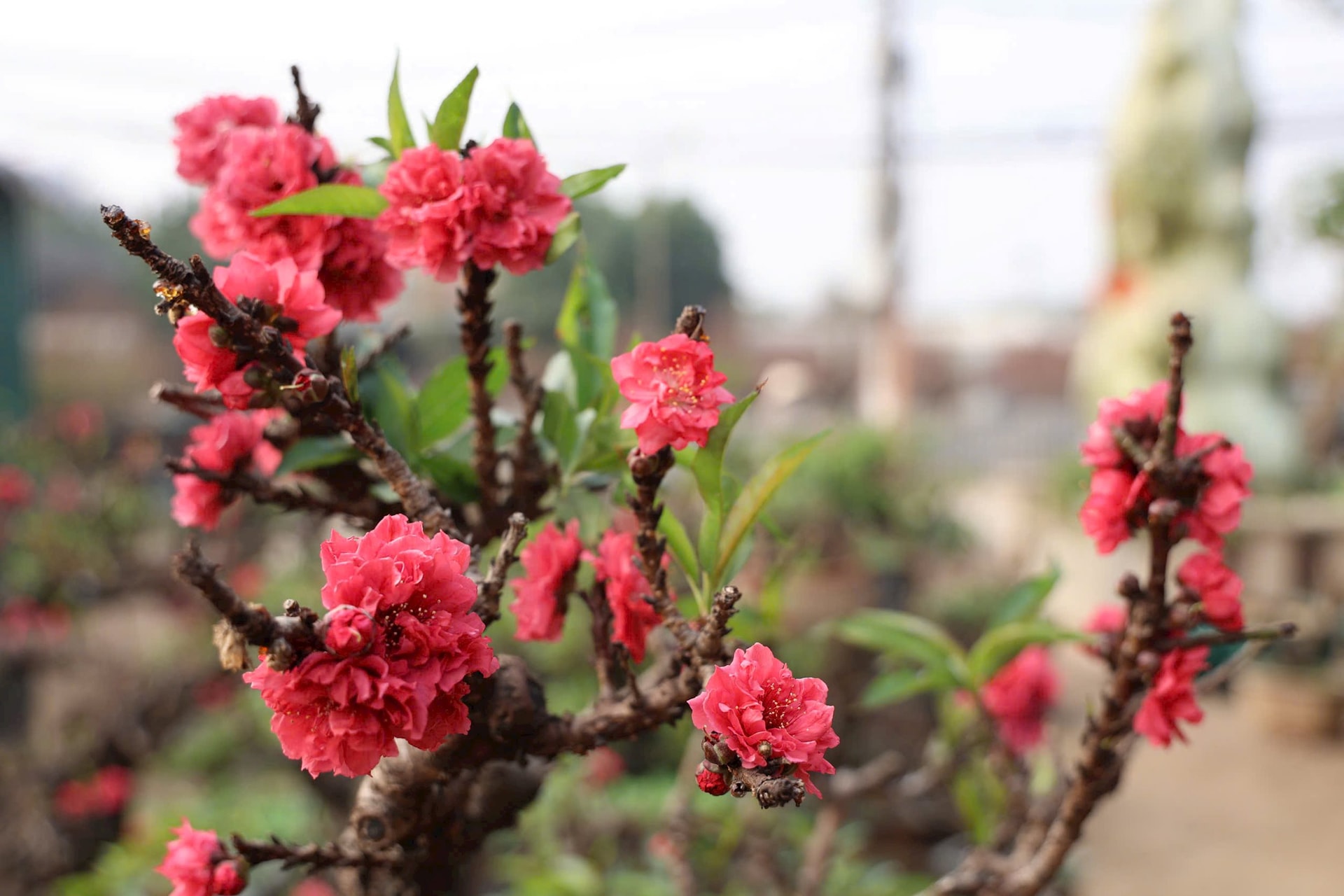



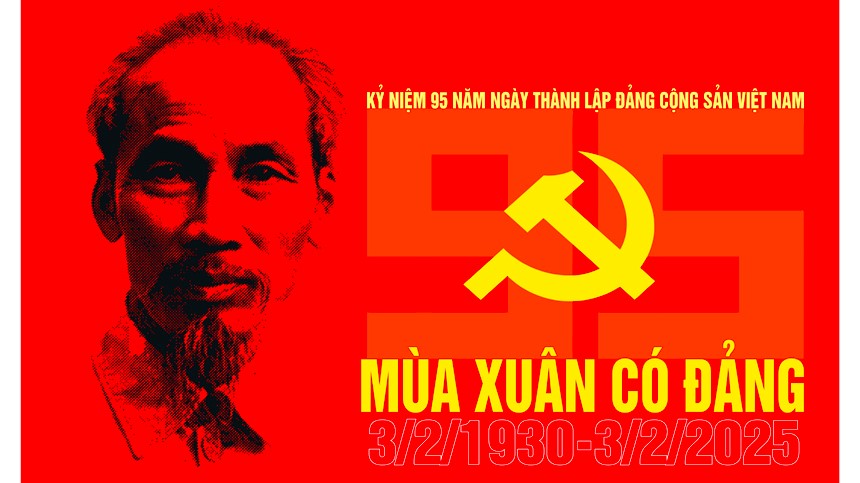









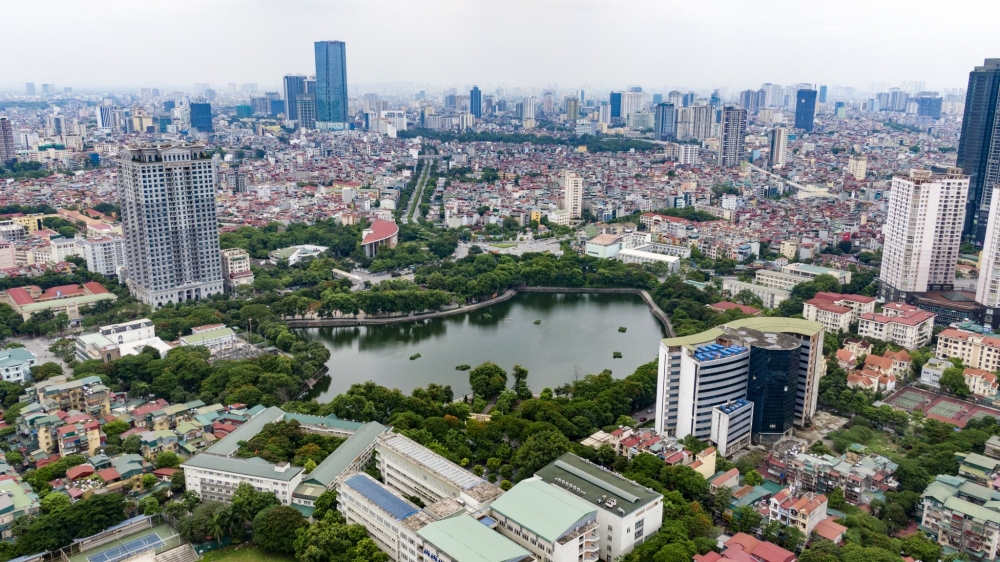



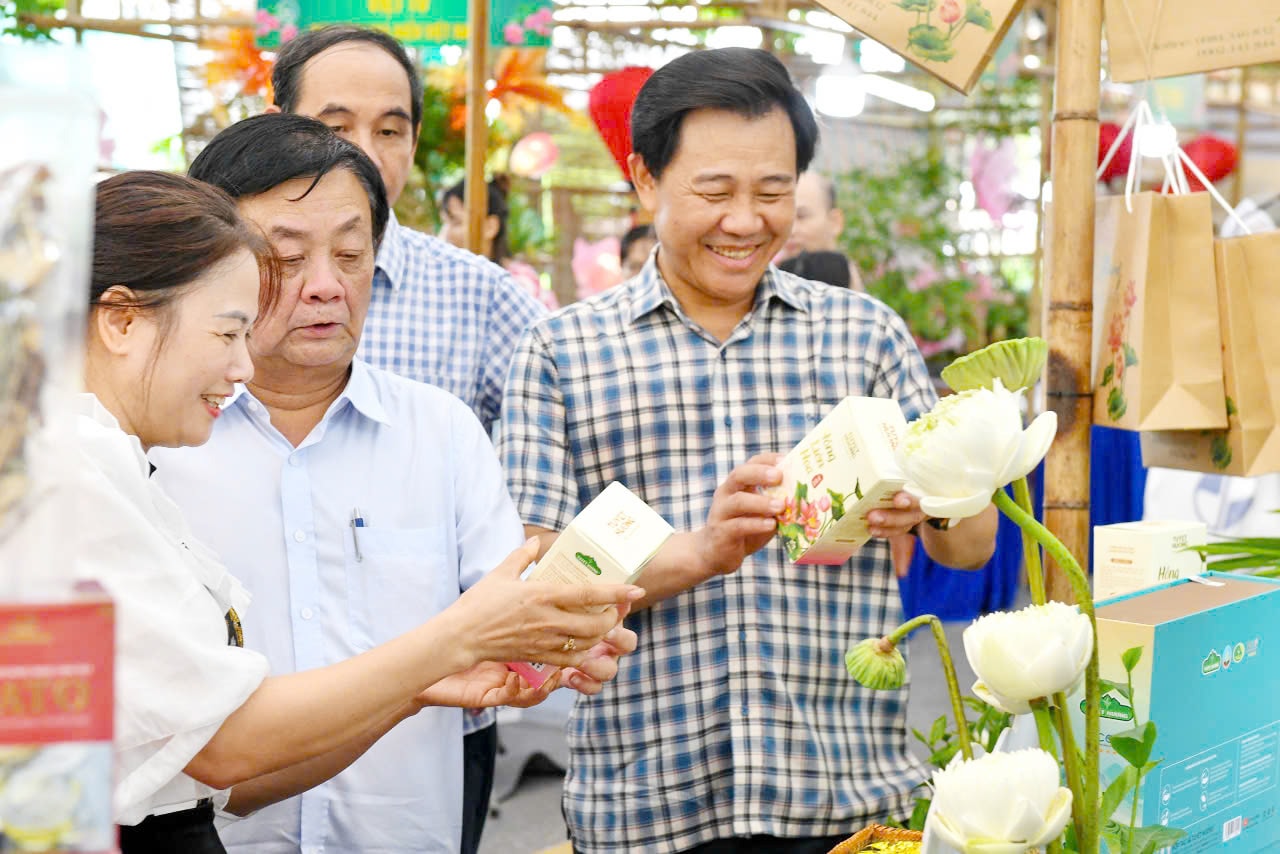



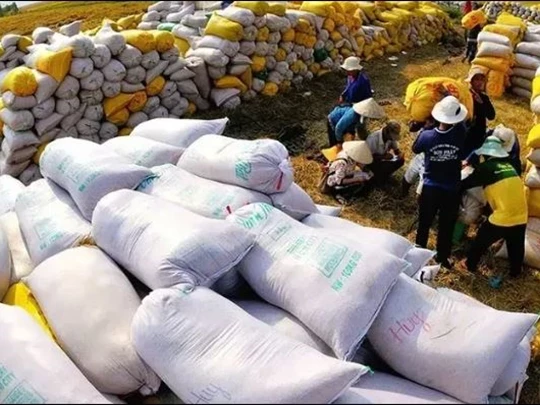


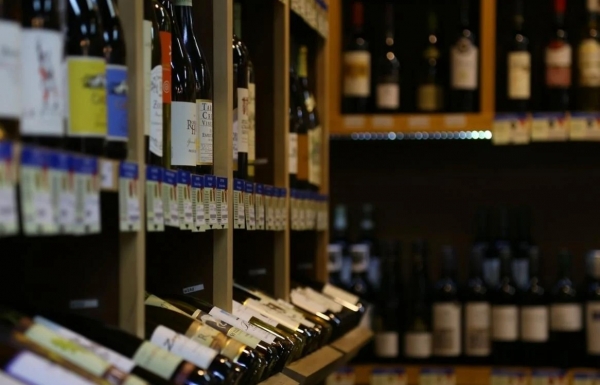

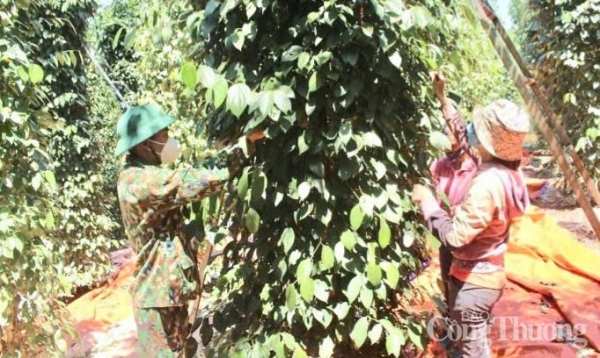
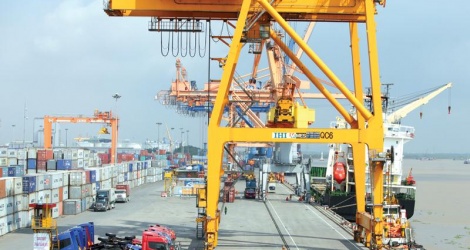


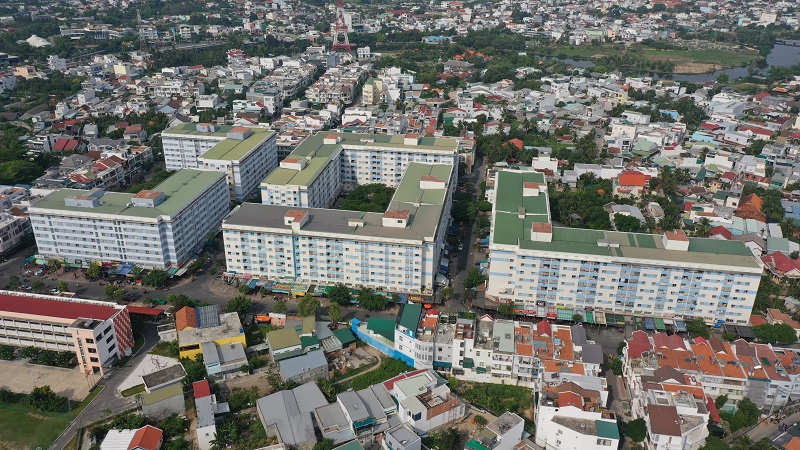
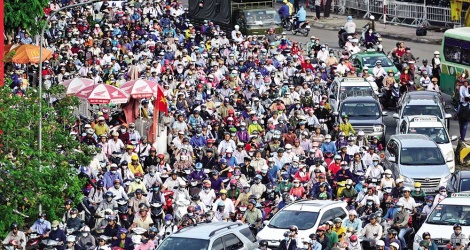

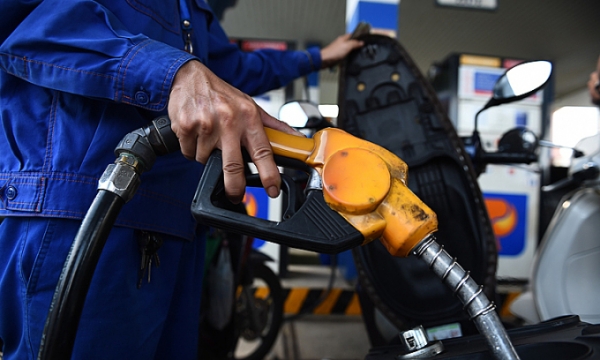
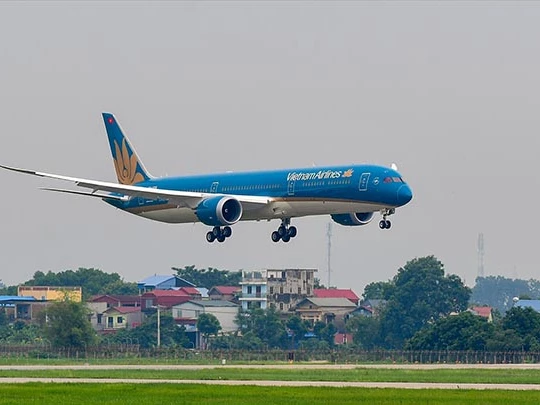














Comment (0)